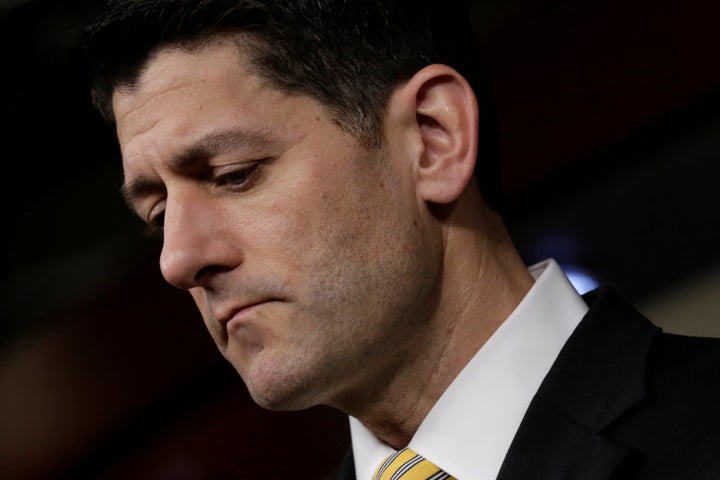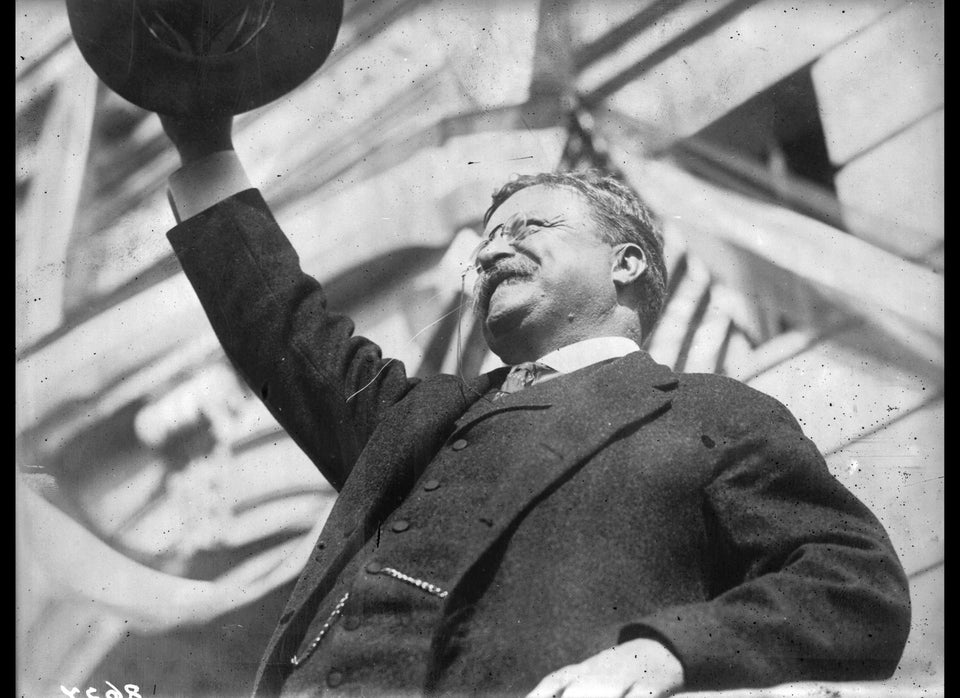WASHINGTON ― Perhaps the most despised element of the Affordable Care Act is known as the “individual mandate” ― the requirement that anybody who can afford to purchase health insurance must do so, or pay a penalty at tax time.
Some liberals deeply resent that the government is forcing them to purchase a product from a private company, while conservatives seem to consider the penalty to be an intolerable encroachment on personal freedom.
Republicans have long pledged to lay waste to the mandate as one of their first moves against Obamacare (which is the nickname for the Affordable Care Act, despite popular confusion).
The problem, though, is that Republicans have also promised to protect the more than 100 million people with pre-existing conditions from being screwed over by insurance companies. And the only way to do that is to make sure everybody who can participate in the market does so.

The plan that House Republicans unveiled Monday night says people who go without coverage will have to pay a penalty. But wait ― that sounds an awful lot like you are mandated to buy insurance or else pay a penalty.
The staff at the Republican Study Committee, an influential group of House conservatives, picked up on the inconsistency ― or, more accurately, the consistency. The committee notes the similarity in a report circulated Monday night and obtained by The Huffington Post.
Continuous Coverage Incentive: The bill also includes a requirement that insurers charge a 30% penalty on any individual who had a lapse in coverage of over two months at any point in the 12 months prior to starting a new insurance policy. Some may describe this provision as akin to the individual mandate, though, to be clear, it does not require an individual to purchase insurance. Rather, it penalizes anyone who chose not to do so, but later decides to purchase, and allows insures to keep the funds from such penalties.
So the Republican plan doesn’t mandate buying coverage, but “penalizes anyone who chose not to do so.” That’s exactly what the current mandate does: Nobody is forced at gunpoint to buy insurance. They are perfectly free to choose not to do so and to pay a tax penalty instead. The only difference between former President Barack Obama’s plan and House Speaker Paul Ryan’s plan is that patients must pay their penalty directly to insurers rather than to the government.
A Ryan aide explained their version of the difference, calling the penalty a “surcharge”:
“The individual mandate requires every American to purchase health care or pay a tax. No one is required to buy health care or pay a tax under continuous coverage. However, if they choose to go without coverage, they will pay a late enrollment surcharge similar to Medicare Parts B and D. We are extending a similar mechanism to the individual and small group markets in order to prevent gaming of the system and incentivize people to get ― and stay ― enrolled. This is the difference between a mandate and a market-based incentive.”
The incentive, though, ends up working backwards. Once coverage lapses, the penalty isn’t due until a patient re-enrolls in new coverage. The way to avoid the penalty is to go for as long as possible without coverage ― the opposite of what the policy intends to do.


